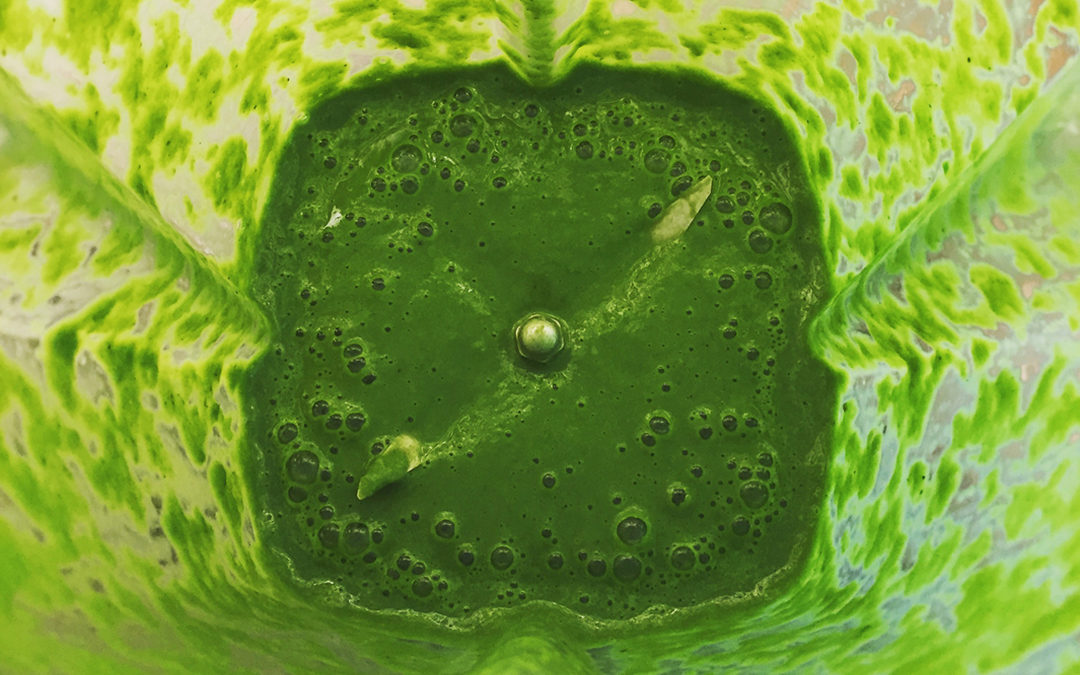Spring brings an explosion of greens that can make even the most veg-friendly cook get a little dizzy. Here is the content of my CSA box last week.
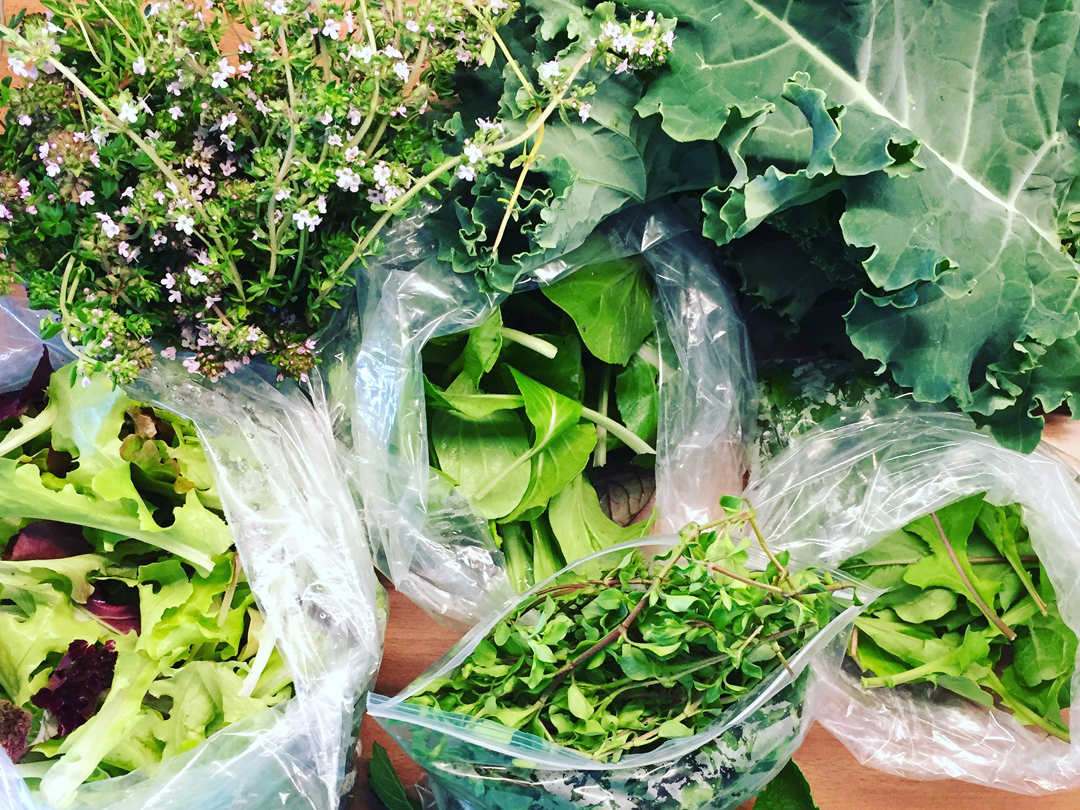
This week’s was very similar, although consisting of some different varieties, with the addition of four cute little pink radishes.
What are we supposed to do with all that?
Pesto!
Traditional pesto is made with basil, blended with pine nuts, parmesan cheese and oodles of olive oil. Pretty decadent, and definitely nor budget- nor animal-friendly. (Parmesan cheese is not even vegetarian, as it is made with the stomach of calves. Ugh.) Nor healthy.
Which is too bad, really, because making pesto without oil or cheese doesn’t take away from the glory of the experience. If anything, it really enables those greens to shine and deliver their maximum nutritional punch. It is also an awesome way to cut down on food waste, as you can throw in any herb you have that is threatening to wilt in the produce drawer, adding flavor, nutrients and a touch of sweetness.
What combo are you going to try next? Here’s how to bring it all together, and some ideas to serve.
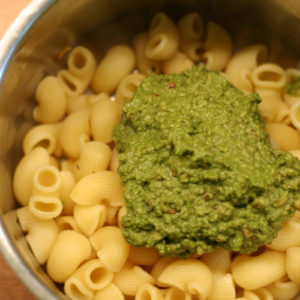
Anything green vegan pesto
Ingredients
- 1 really big bunch green leaves and/or herbs The classic recipe calls for basil but if it's green, give it a chance. Baby kale, spinach, stinging nettles (blanched first), fresh carrot tops (blanched), cilantro, parsley, or even sprouts! It's all good. A mix of different greens is even better.
- 1/2 to 1 cup nuts and/or seeds The classic is pine nuts. Walnuts, almonds, cashews or even pecans work great. For a nut-free version, try hemp or pumpkin seeds! The nuts can be raw or toasted.
- 2-6 Tbsp lemon juice
- 2-5 cloves garlic Garlic powder can also be used. Or, in the spring, you can opt for garlic scapes.
- 2-6 Tbsp nutritional yeast For that cheesy taste. (Traditional pesto has parmesan cheese in it.)
- 1 tsp salt
- fresh ground pepper
Instructions
- Wash the greens thoroughly. You can spin to dry but it's not a big deal if you don't, since you may need to add water to the blender anyway.
- If using stinging nettles, carrot tops, stellaria (chickweed), thick kale leaves or another robust or bitter green, you may want to blanch the greens first. Bring a pot of water to boil, throw in the greens and let them cook for 30 seconds to a minute. Pull them out and rinse with cold water to stop the cooking action. (If you plan on eating your pesto with pasta, do not drain the water - keep it to cook your pasta so you can keep some of the nutrients from the greens!)
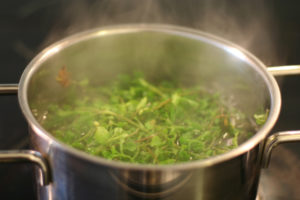
- Add all the ingredients (except the nuts - read on) to the blender or food processor and give it a good whirl. Pour the liquid at the bottom first and top with as many greens as you can fit in your machine. You may need to use a tamper or wipe the sides with a spatula a few times in the process. I personally like to completely pulverize the greens, then add the nuts and pulse a few times to retain a bit of crunch. If you prefer the smooth consistency of a bright-green sauce, you can put all the ingredients in at the same time.
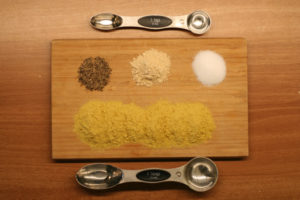
- If you haven't added the nuts already, add them now.
- Process to the desired consistency. If things don't blend too well, add some water, a few tablespoons at a time. (If you blanched the greens in water and reserved some, use it now.)
- Taste for seasoning and adjust as desired.
- Keeps in the fridge for 5 days and freezes well for a few months - but you're better off eating it sooner than later for maximum nutrition.

